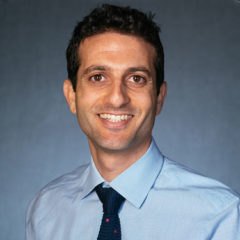Microphone RF Coordination in New York City
New York City is the city of many lights, LED walls, television and radio stations, and many theaters to say the least.
RF stands for radio frequency, and is used to transmit data. When it comes to RF coordination you can say that it becomes an extreme sport. This means that when a new show or event comes into town we must be very precise when it comes to coordinating our wireless equipment.
There are tools and steps that we can use and take in order to make all work together and smoothly.
First, we can choose the equipment with the right frequency band. Since 2010, the FCC has set some parameters for us to follow by making it illegal to use 600 MHz band. Most recently in 2017 the 700 MHz bands were made illegal we are now working with 400 MHz and 500 MHz bands.
After selecting the right equipment for the job, we utilize tools like RF scanners and Wireless coordination software like Wireless Workbench by SHURE to analyze and configure our usable frequencies.
Once on-site, a wireless scan must be perform to see what’s happening in our surroundings as far as frequencies being transmitted. We can then transfer that data into our wireless coordination software and calculate -depending on our inventory of wireless equipment (ie: microphones, belt-packs, in-ear monitors, radios, etc)- the usable frequencies we have. In some cases, we will also calculate spare frequencies for our inventory, for those just-in-case moments when much interference is present.
One important things to look when adding frequencies to the spectrum inter-modulation. This occur when a combination of two or more signals create another signal which could fall into another frequency band of the system and cause interference to the system. Specially if we have many devices operating at the same time.
Thanks to all the tools we possess, we can now coordinate proper frequencies in a matter of minutes and have a headache-free show or event.

